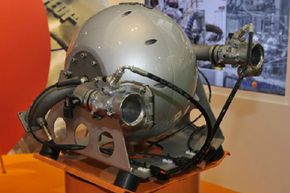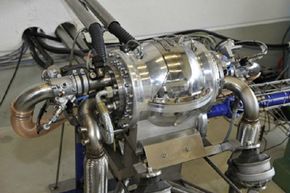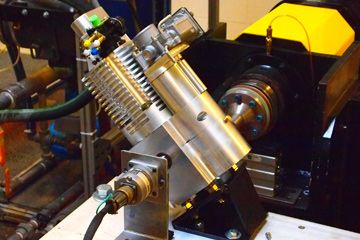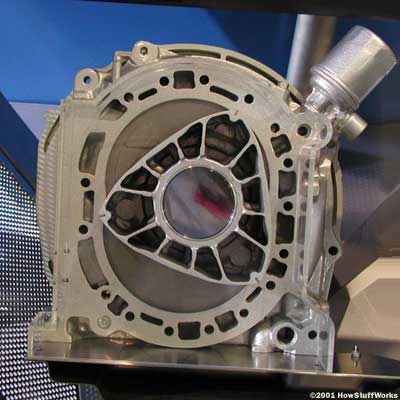It seems like every time a new hybrid model is launched, or a current model is updated, there's some little tweak or update that provides just the slightest boost over the competition...just enough for marketing purposes, really, and such improvements are celebrated to no end. But there's no reason for scorn -- when it comes to environmental impact and energy conservation, every little bit really does help.
But as these minor milestones have been praised over the years, a German engineer and his team of Swiss developers have been toiling away...since before the hybrid began its evolution from the feared to the trendy to the mainstream. And the result is unlike anything anyone could have predicted would be possible at all. So it's nothing short of fabulous that the best innovation in hybrid technology in years, with a genesis that dates back long before the widespread use of the current hybrid drivetrain, was revealed just in time, when hybrids and electric vehicles (though selling as well as ever) were due for a fresh charge.
Advertisement
The Hüttlin engine made its public debut at the Geneva Motor Show in March 2011, mounted on a display stand amongst the other environmentally-friendly tech exhibitions, and reportedly attracted a steady flow of attention in a way that only a spherical aluminum engine could. So, we'll start by indulging Dr. Hüttlin and Innomot AG, the team behind the Hüttlin motor, suspending disbelief, and assuming that the shape is indeed the most practical possibility for its purpose. Even if the shiny globular design is a bit of folly, the science seems solid and the statistics are impressive.
The Hüttlin Spherical Engine (or "kugelmotor") has many of the benefits of an electric vehicle without the common drawbacks, such as the limitations of the charging infrastructure and what electric vehicle critics refer to as "range anxiety," the pervasive fear that the battery will run out of juice before a charge becomes available and, without a gasoline backup, will leave the driver stranded. Furthermore, typical hybrid efficiency characteristics -- such as lower weight, fuel savings and reduced environmental impact -- have been improved. The Hüttlin Spherical Engine shows promise that it can provide the necessary boost to take hybrid engineering to the next level, and, by overcoming range limitations, could help electric vehicles gain widespread acceptance.
Advertisement





